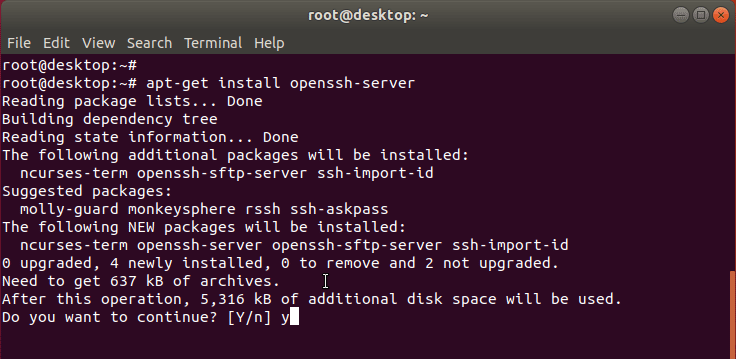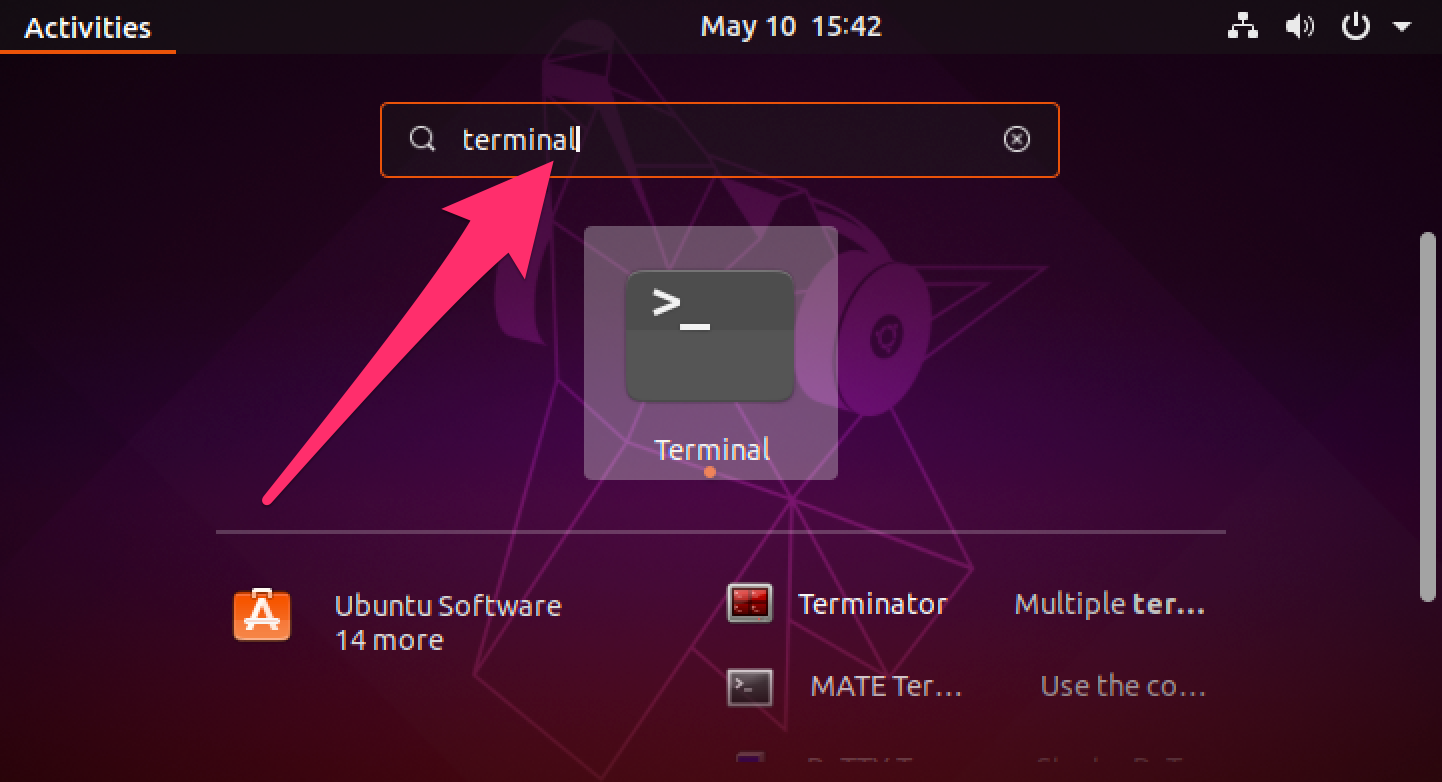
- #Ubuntu install openssh how to
- #Ubuntu install openssh manual
- #Ubuntu install openssh software
- #Ubuntu install openssh password
- #Ubuntu install openssh free
Many other sshd configuration directives are available to modify the server application’s functionality to your specific requirements. Simply add or alter this line in the /etc/ssh/sshd config file to make your OpenSSH server display the contents of the /etc/ file as a pre-login banner: Banner /etc/ Here are some examples of configuration directives that you can modify:Ĭhange the Port directive in OpenSSH so that it listens on TCP port 2222 instead of the default TCP port 22: Sudo chmod a-w /etc/ssh/sshd_config.originalĪdditionally, because losing an ssh server could mean losing access to a server, double-check the settings after making changes and before restarting the server: Sudo cp /etc/ssh/sshd_config /etc/ssh/sshd_config.original This way, you’ll have the original settings to refer to and reuse as needed.Ĭopy the /etc/ssh/sshd config file to a terminal prompt and secure it from writing with the following commands: Make a copy of the original configuration file and protect it from writing before altering it. Examples of configuration directives that can be altered by modifying the /etc/ssh/sshd config file are listed below. The sshd configuration file contains a number of directives that regulate things like communication settings and authentication modes.
#Ubuntu install openssh manual
You can visit the corresponding manual page for details about the configuration directives used in this file by using the following command at a terminal prompt:
#Ubuntu install openssh how to
Sudo apt install openssh-server How to Configure OpenSSH?īy changing the file /etc/ssh/sshd config, you can change the default behaviour of the OpenSSH server application, sshd.
#Ubuntu install openssh free
Need help or suggestions? Feel free to leave a comment below.Use the following command at a terminal prompt to install the OpenSSH server application and necessary support files: That is all there is to enable SSH on Ubuntu :) If I want maximum verbosity (level 3), use the option -v in the following manner: ssh -vvv There are 3 levels of verbosity, each level can be indicated by the number of occurrences of -v.

If you have the correct credentials and want to see what is causing a connection error, use the -v option. In case you have problems logging into your remote computer, make sure that the username and IP address are correct. Say I changed the SSH port on my remote computer from 22 to 108, I will log in like so: ssh -p 108 Troubleshooting tip Specify the port number after like so: ssh -p ADDRESS] No worries, this can be easily taken care of (if you know which port to use) using the -p option. Some servers, to prevent attacks will change the port used for SSH.
#Ubuntu install openssh password
This password is the login password of user pratham. With this, I will be asked for a password. In case I wish to log in using an IP address, I will do the following: ssh You can also replace the IP address with the hostname of the remote computer.įor example, my remote computer has the user pratham and the hostname is will use the following command to log into my remote machine: ssh Now that we have ssh command available, the syntax to log into a remote computer is as follows: ssh ADDRESS]Īs evident, you need to provide the username of the user that you wish to log in as.


#Ubuntu install openssh software
OpenSSH is a collection of software that implement the SSH protocol, developed by the OpenBSD Project. The SSH (Secure SHell) protocol is what almost every UNIX and UNIX-like operating systems use for remotely logging into a machine as if it were a local shell.


 0 kommentar(er)
0 kommentar(er)
